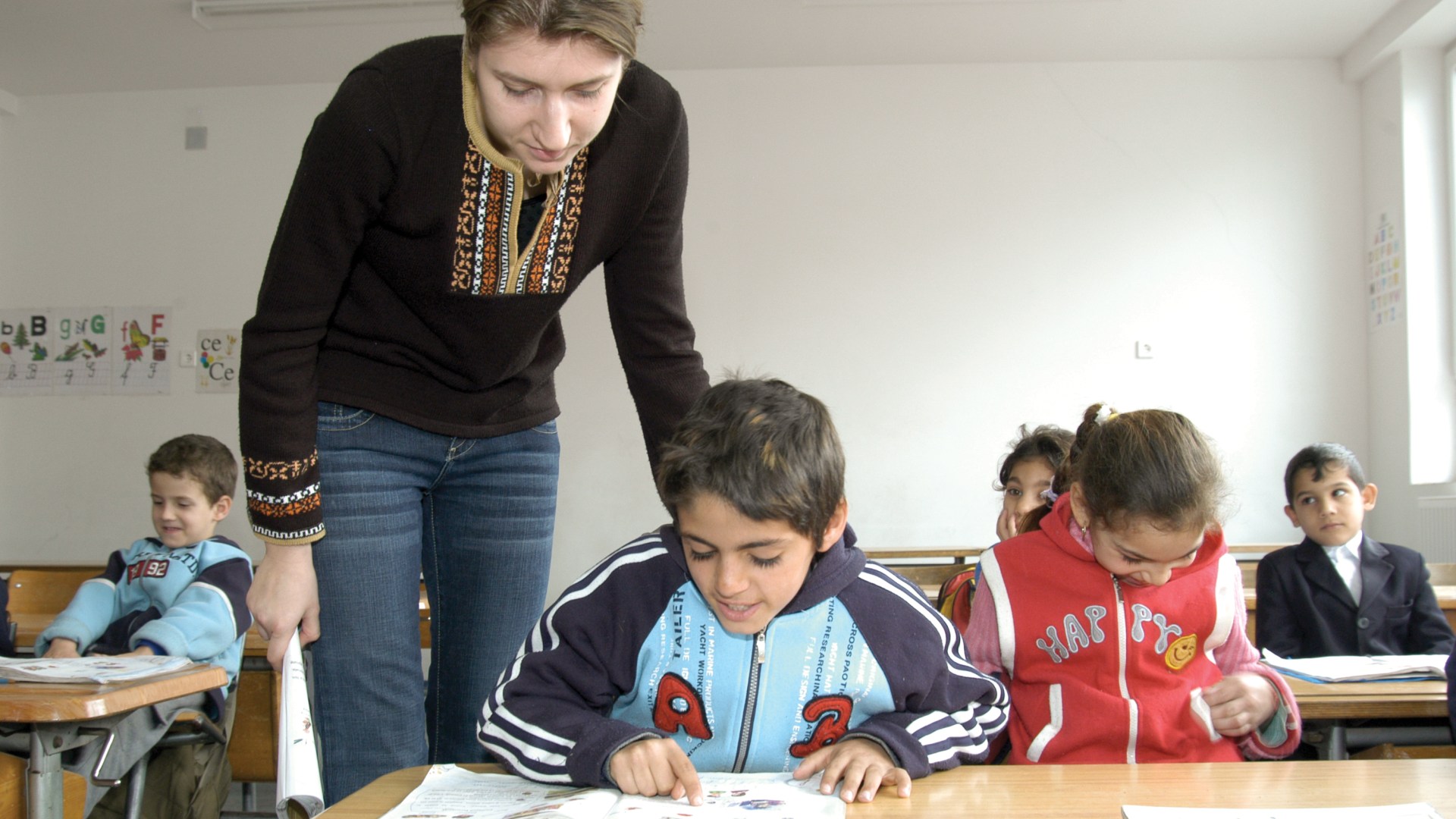New reports of child abuse drew attention to missionary boarding schools this fall but overshadowed the current trend: how rare such schooling is today.
About 30 missionary kids abused between 1950 and 1990, many at boarding schools in Africa or Asia, received a formal apology from Presbyterian Church (USA) leaders in October. About a month earlier, New Tribes Mission (NTM) released a report detailing the abuse of at least 50 missionary kids who had boarded in Senegal in the late 1980s.
Yet of the estimated 150 schools worldwide that serve missionary kids today, no more than 30 still offer boarding, said David Wilcox, an international director with the Association of Christian Schools International. "Even among those that offer boarding, for all but a handful, the boarding students are the minority of students they serve," he said. For example, Faith Academy in the Philippines has about 575 students, but only about 80 students board, he said.
The "significant and measurable shift" in where missionary families send their children to school has been gaining momentum for a number of years, and it isn't due to fears of abuse, said Steve Moore, president of the Mission Exchange. Many groups, including the International Mission Board and the Christian and Missionary Alliance, have adopted stringent child safety rules over the past decade.
In addition, the motivation for dorm parents has changed. In the past, some personnel at boarding schools were placed there because they were failing as missionaries, unable to learn the language or fit in with the culture, Wilcox said. "That is totally a thing of the past," he said. "Now more people have been called to the ministry [of dorm parenting]." This helps curtail the potential problem of abuse.
Instead, other factors have influenced the trend toward less boarding, including better resources for homeschooling and migration to urban centers, which have day schools. Almost all missionary kids who now attend boarding schools are in high school seeking the extracurricular activities that large schools offer, said Wilcox.
No parents ever wanted to be separated from their children, said Nita Zelenak, spokesperson for NTM. "Years ago, missionary parents often had to choose between giving their children a good education and keeping them at home."
Today, NTM runs seven boarding schools, but just 9 percent of their 860-some missionary kids use them. A much higher number—50 percent—are homeschooled, Zelenak said. (The rest attend day schools.) Today NTM offers courses on homeschooling during candidate training and often has certified teachers available in the field.
While no NTM boarding schools have closed for lack of students, some have closed for other reasons, such as political unrest, she said.
Some schools have been closed or turned into day schools because of population shifts, Wilcox said. Missionaries follow the people into urban locations, which offer the options of day schools, both local and international, that were not available in isolated locations, he said.
"It's a totally new ball game; kids are [boarding] because they want to go rather than because the mission policy forced the parents to do so," said Wilcox. "We can all rejoice in that."
Copyright © 2011 Christianity Today. Click for reprint information.
Related Elsewhere:
Earlier this year, Christianity Today published a cover story "A Candle in the Darkness," where Wess Stafford told his story of childhood abuse and deliverance in a West Africa boarding school.
Previous CT articles on the school include:
A Badly Broken Boarding School | The story behind the cover story. (May 7, 2010)
Pain Relief | The Christian & Missionary Alliance apologizes to adults abused as missionary kids in Africa. (July 12, 1999)
Missions: From Trauma to Truth | Once-abused children demand accountability. (April 27, 1998)
CT also covered the New Tribes Mission report on Liveblog.










